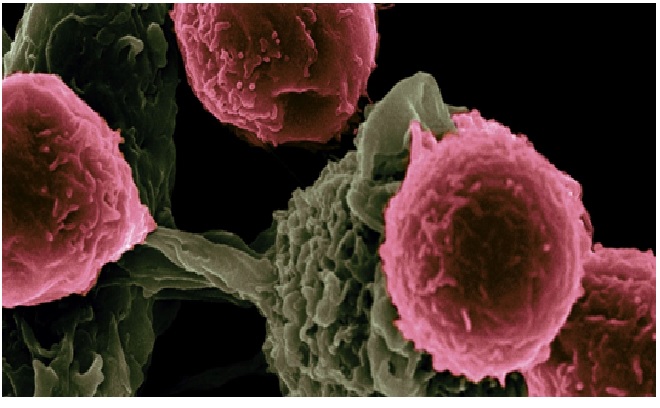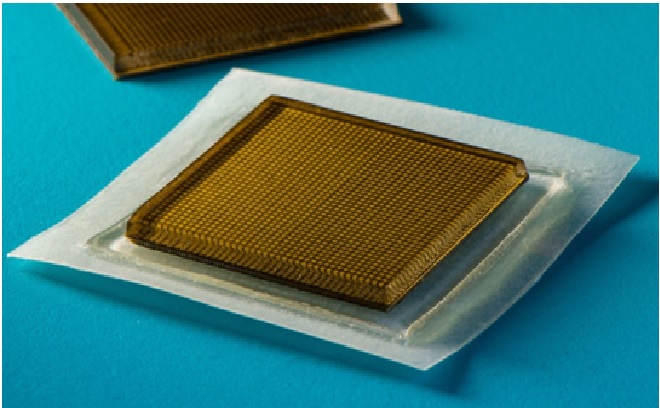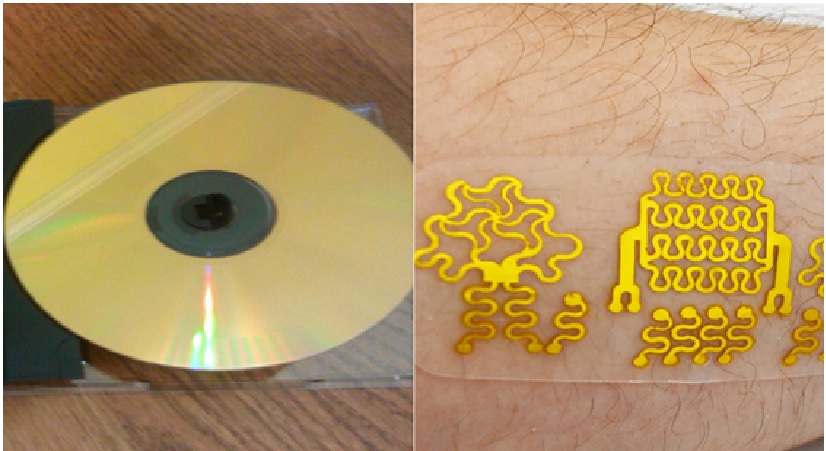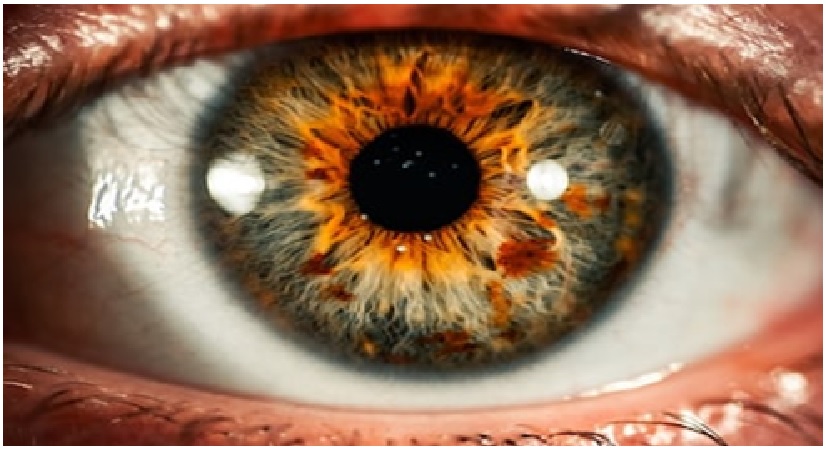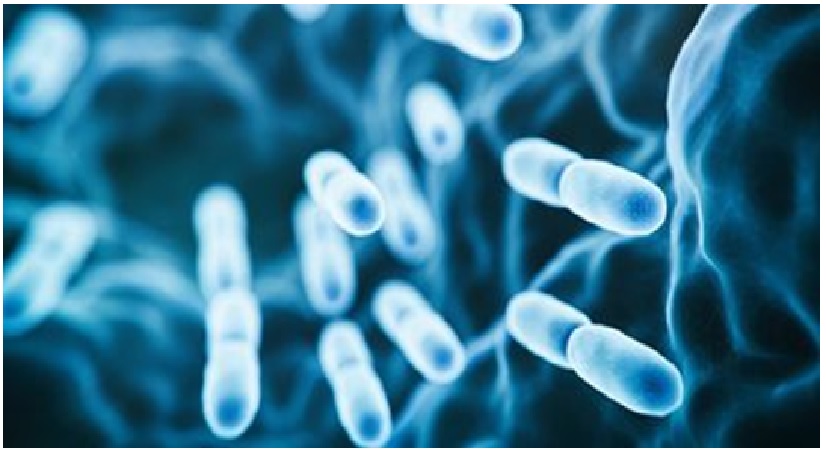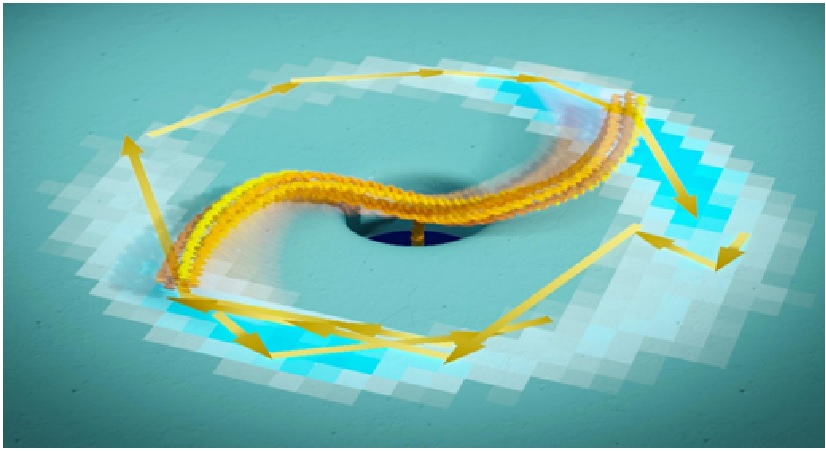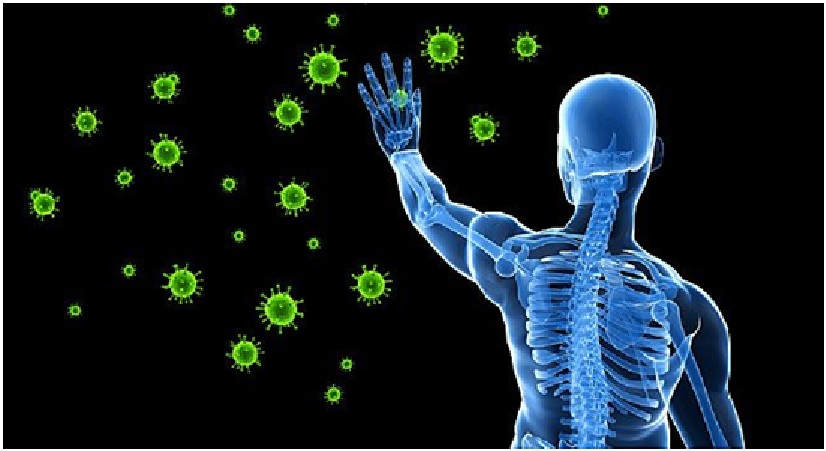Light-Activated Proteins can Help Normalize Dysfunction within Cells
Researchers from the University of California, the University of Illinois at Urbana-Champaign and the University at Buffalo have published the results of their study in a journal demonstrating that light-activated proteins can help normalize dysfunction within cells.
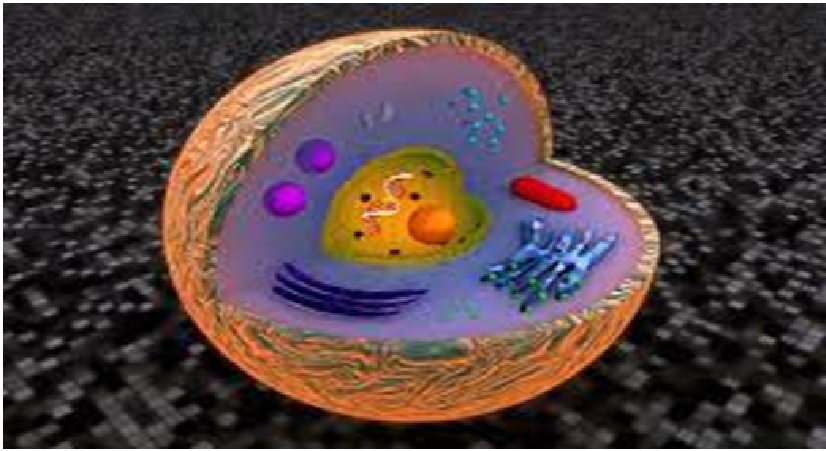
Figure 1: Light-activated proteins normalize dysfunction within cells.
Figure 1 shows thatthe research centres on the functions of mitochondria, organelles within a cell that act as the cell's "power plant" and source of energy. Organelles are tiny specialized structures that perform various jobs inside cells.
Jiajie Diao, said hundreds of mitochondria are constantly coming and dividing into smaller parts to stay balanced in healthy cells. But when mitochondria are not functioning properly, there is an imbalance of this process of fission and fusion. [1]
This imbalance can lead to a number of mitochondrial diseases, including neurodegenerative diseases such as dementia and some cancers.Current research has focused on accelerating the division process by combining lysosomes and mitochondria within cells. This has been achieved through a technique known as optogenetics, which can precisely control certain cell functions using light.
“Many proteins in plants are light sensitive, informing the plants whether it is day or night. Optogenetics borrows these photosensitive proteins from plants and uses them in animal cells, by attaching such proteins to organelles, light can be used to drive interactions between them, such as mitochondria and lysosomes shown in this work,” said Cai Zhang.
The researchers attached two separate proteins to the mitochondria and lysosomes of the stem cells. When stimulated with blue light, proteins naturally bind to each other to form one new protein, which also brings mitochondria and lysosomes into contact. Once they come together, the lysosome can cut through the mitochondria, achieving division. [2]
Diao said this technique could be especially useful for patients with very large mitochondria that need to be broken down into smaller pieces to achieve normal cellular function.
Diao said it allows for a more targeted approach to specific cells. Only cells exposed to the light are affected, meaning nearby healthy cells don’t have their mitochondria thrown out of balance by the technique. Diao said the optogenetic method is safer as it does not involve any chemicals or toxic agents.
Further research from Zhang’s lab will also include developing new optogenetic systems that work with different colours of light, including green, red and infrared.[3]
References:
- https://www.news-medical.net/news/20220802/Light-activated-proteins-can-help-normalize-dysfunction-within-cells-study-shows.aspx
- https://newsprepare.com/2022/08/02/light-activated-proteins-can-help-normalize-dysfunction-within-cells-study-shows/
- https://articles.worabia.com/the-study-shows-that-light-activated-proteins-can-help-normalize-dysfunction-within-cells/148924/
Cite this article:
Sri Vasagi K (2022), Light-Activated Proteins can Help Normalize Dysfunction within Cells, AnaTechMaz, pp.69




